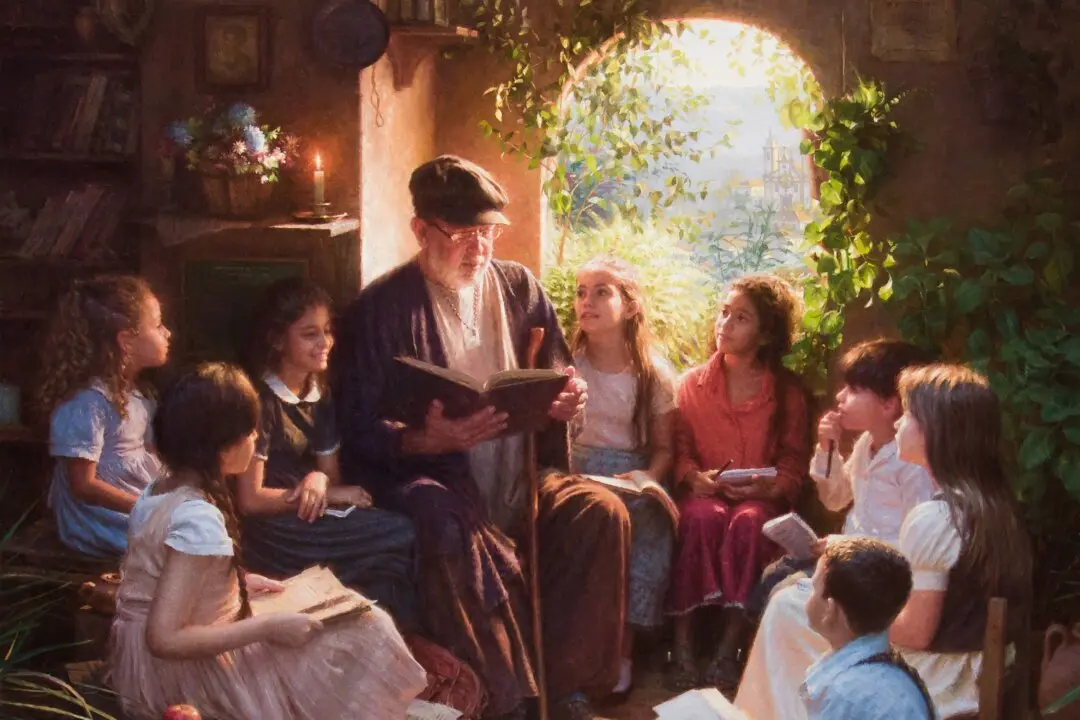One of Swiss artist Jean-Etienne Liotard’s favorite pastel portraits was of the Genevan magistrate, playwright, and art collector François Tronchin.
Liotard rendered Tronchin in a powdered wig, a black dress coat, and a white shirt with lace cuffs, sitting at a table arranged with a book, music manuscripts, and measuring instruments used in architecture. He gestures as if to present the painting on the easel to us—his proudest acquisition: Rembrandt’s “A Woman in Bed.” Experts differ on the subject matter of the Dutch master’s painting, but some believe he depicted the Biblical story of the newly wed Sarah watching her bridegroom, Tobias, chase a demon away.






